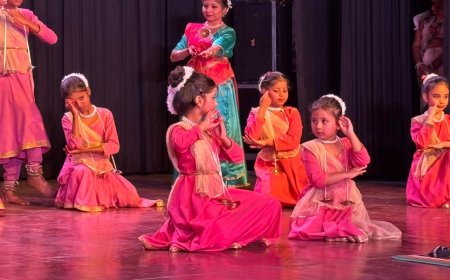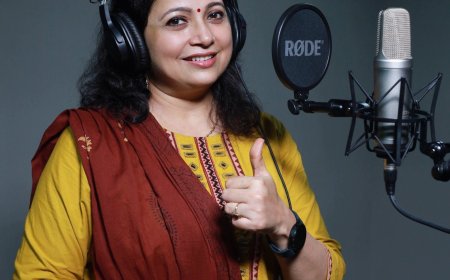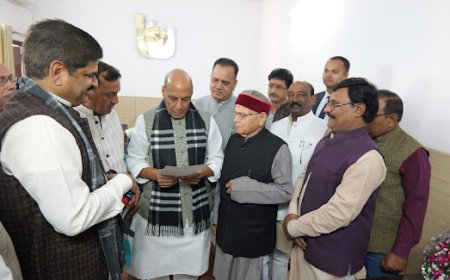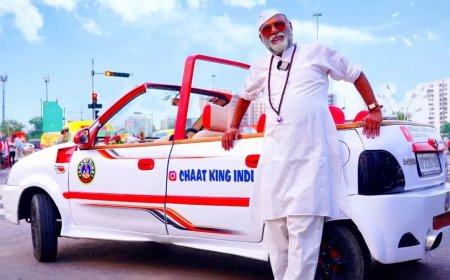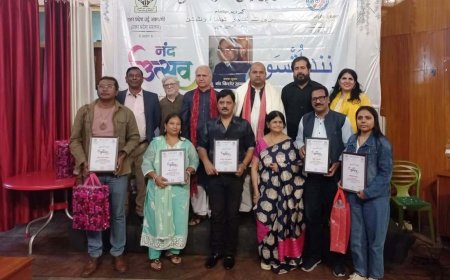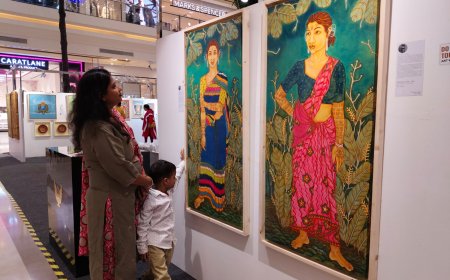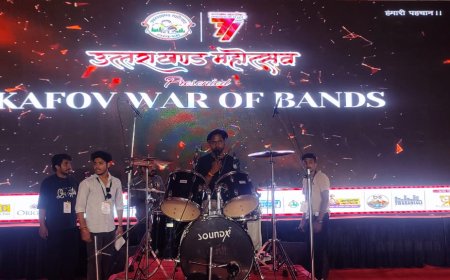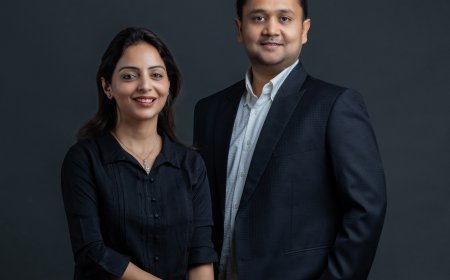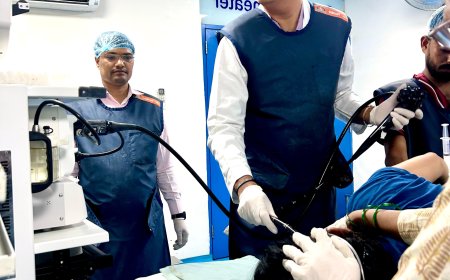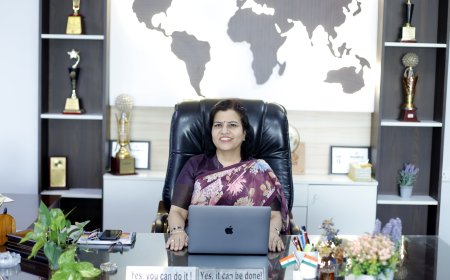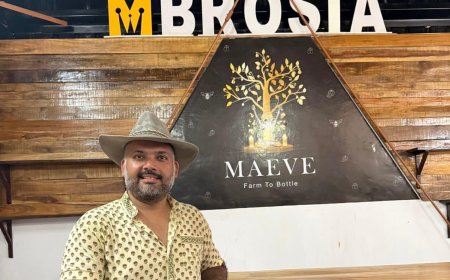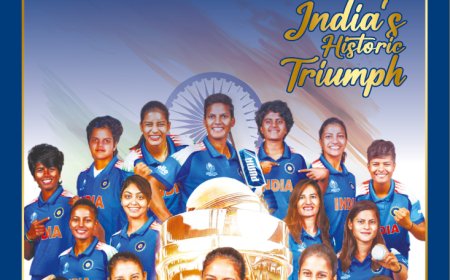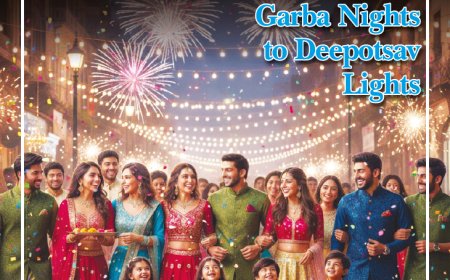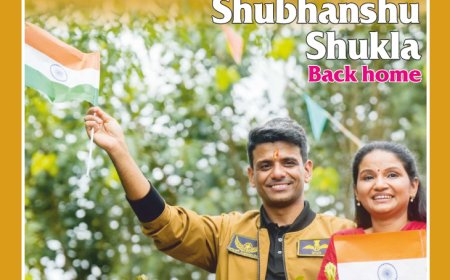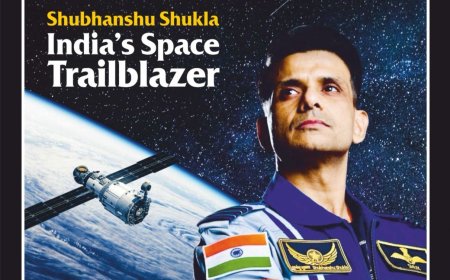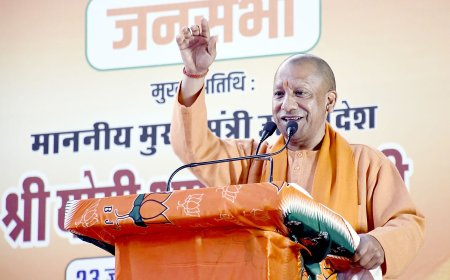The fashion show was directed by Tara Chaudhary of the Tharu tribe, who skilfully blended traditional elements with contemporary presentation. The runway sequence began with performers from Jammu, followed by tribal artists from Goa, Odisha, Uttar Pradesh, West Bengal, and Rajasthan. Dressed in their distinctive traditional attire, the participants walked the ramp with grace, presenting not just garments but the cultural spirit of their communities. The ambience was enhanced by a specially curated ramp theme song that fused modern beats with traditional rhythms.
A standout attraction was the Sahariya Swang presentation under the direction of Rajasthan’s Shani Dhanuk. Artists adorned their bodies with symbolic tribal paintings and wore costumes decorated with peacock feathers. Their performance to folk pieces such as “Ram Rang Mein Range” highlighted the seamless connection between spirituality, nature, and tribal life. Performers in ‘vanar’ (monkey) form captured the audience’s imagination, offering a vivid glimpse into the folk theatre tradition.
From Sonbhadra, Suresh Kumar Kharwar led the Agariya and Chero tribal artists, who delivered soulful renditions of traditional songs including “Birsa Munda Bahut Mahan Ho.” Their energetic performance filled the hall with a sense of pride and reverence for tribal icons. This was followed by the Domkach dance, led by Sonbhadra’s Sukkhan, portraying the traditional marriage rituals performed during the Mahua season. The expressive gestures and culturally rich choreography transported the audience into the heart of tribal customs.
Another highlight was the Gojri folk dance performed under the guidance of Rubina Akhtar from Anantnag. A team of 15 artists depicted the emotional tale of a girl whose bangle is broken by a bird, symbolising a message of love — a sentiment beautifully expressed through graceful dance movements. Additionally, Goa’s Kripesh Gaonkar led a captivating performance of the Kharbi dance, illustrating the fishing traditions of Goa’s tribal fishing communities. Through rhythmic formations, the dancers vividly portrayed the process of casting nets and celebrating communal labour.
The food stalls at the venue also witnessed heavy rush due to the Sunday crowd. From Awadhi delicacies and shakarkandi chaat to Rajasthani dal-baati-choorma, visitors indulged in a wide variety of regional flavours. Families, youth groups, and cultural enthusiasts kept the venue bustling throughout the day.
Director of the Uttar Pradesh Folk and Tribal Cultural Institute, Atul Dwivedi, along with several distinguished guests, graced the occasion. The event, dedicated to tribal art, culture, and tradition, proved to be an unforgettable experience for visitors and offered a meaningful tribute to the legacy of Birsa Munda on his 150th jayanti.









